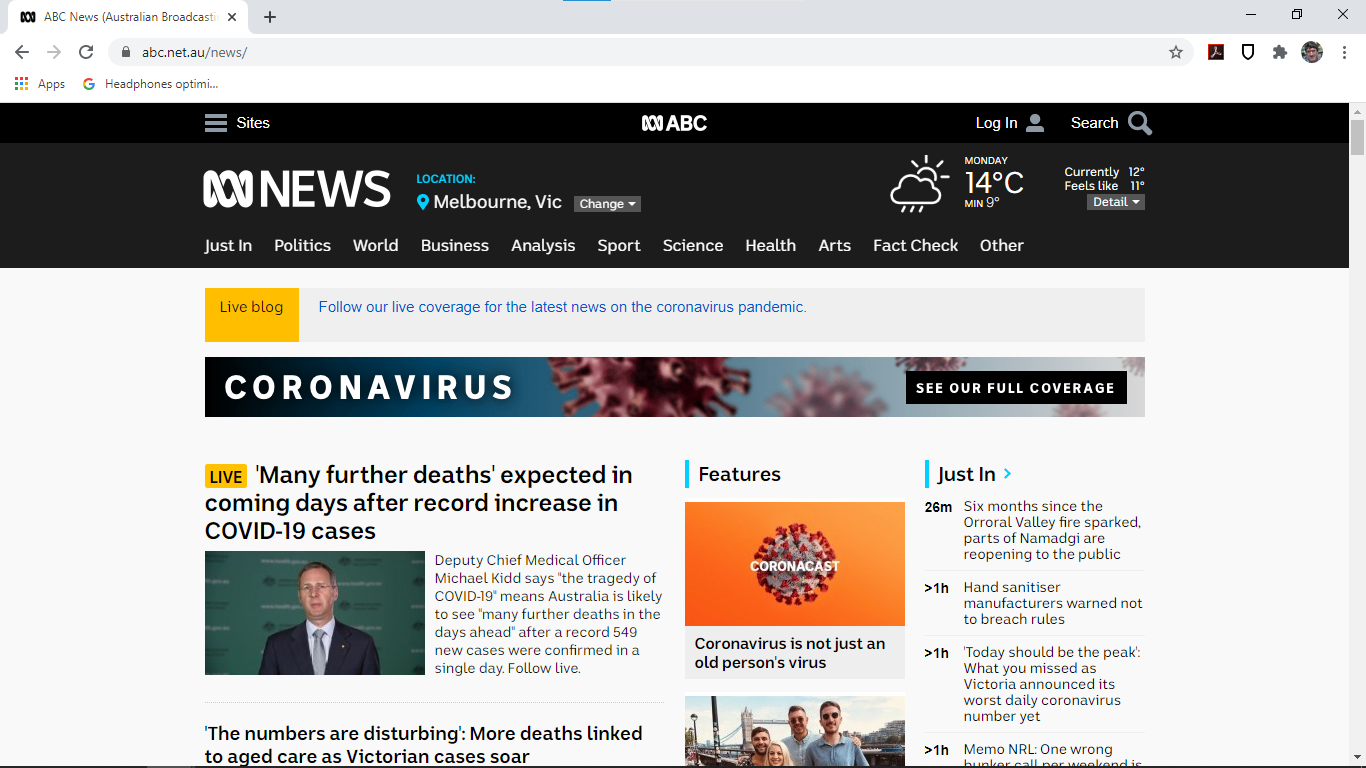Article
HP Reveals ENVY Rove20 Specs; Available Sunday
From the horse’s mouth
HP
My Comments
Just a short while ago, I had reviewed the Sony VAIO Tap 20 “adaptive all-in-one” computer which is a large 20” tablet that runs Windows 8. But it can be purposed as a desktop computer by folding out a kickstand and using a wireless keyboard and mouse for text entry and finer navigation.
As well, Dell had fielded an 18” tablet computer with a similar design. Now HP who have become the behemoth on the consumer and small-business computing space have answered Sony by releasing the Envy Rove 20 which is of a similar design.
Here, the Envy Rove 20 has some gaming credentials with the implementation of 10-point highly-responsive touchscreen behaviour. It also implements “Beats Audio” sound-reproduction tuning like a lot of their Envy portable-computer collection and some of the Pavilion portable-computer collection.
It is driven by the Intel “Haswell” i3 processor and has 4Gb RAM under the hood. As well, it has 1Tb capacity on its solid-state hard disk which is twice that if the Tap 20 and also implements 3 USB 3.0 connections with one able to charge a portable device when the computer is in sleep mode. As for the Wi-Fi network, the Envy Rove 20 has native support for wireless segments that work on the 802.11ac draft standard as well as the 802.11n standard for both 2.4GHz and 5GHz.
As expected for this class of computer, it would be able to run for 3 hours on its own battery and also implements a manual rotate button so you can show others who are poring over the computer from the other side of the bench the image that is on the display.
But what I see of this, along with Intel defining the “Adaptive All-In-One” name for this class of computers is that the playing filed will become very full. What we would have to see is the Windows Store becoming full of quality software that exploits what these computers are all about. This could include the ability to make best use of the large display and the touchscreen user interface such as through semantic zooming and making use of the “pinch-to-zoom” gesture.
For games, some of the online board games that have been written for the iOS and Android platforms and have performed well on the tablet devices based on these platforms could be ported to Windows 8 and made to exploit the abilities of these computers.
I would personally see these “Adaptive All-In-One” computers as something to look forward to as an easily-transportable “lifestyle” computer device.


